Like other production processes, plastic injection molding has its own set of flaws that can tarnish or harm parts. Working with parts manufacturers who comprehend and possess the necessary quality control and troubleshooting abilities is essential to prevent them from negatively impacting your bottom line.
It’s crucial to comprehend what problems are and their origins because not all flaws are created identically. Today’s topic is “splay,” what is injection molding splay and how to avoid it.
1. What is Injection Molding Splay?
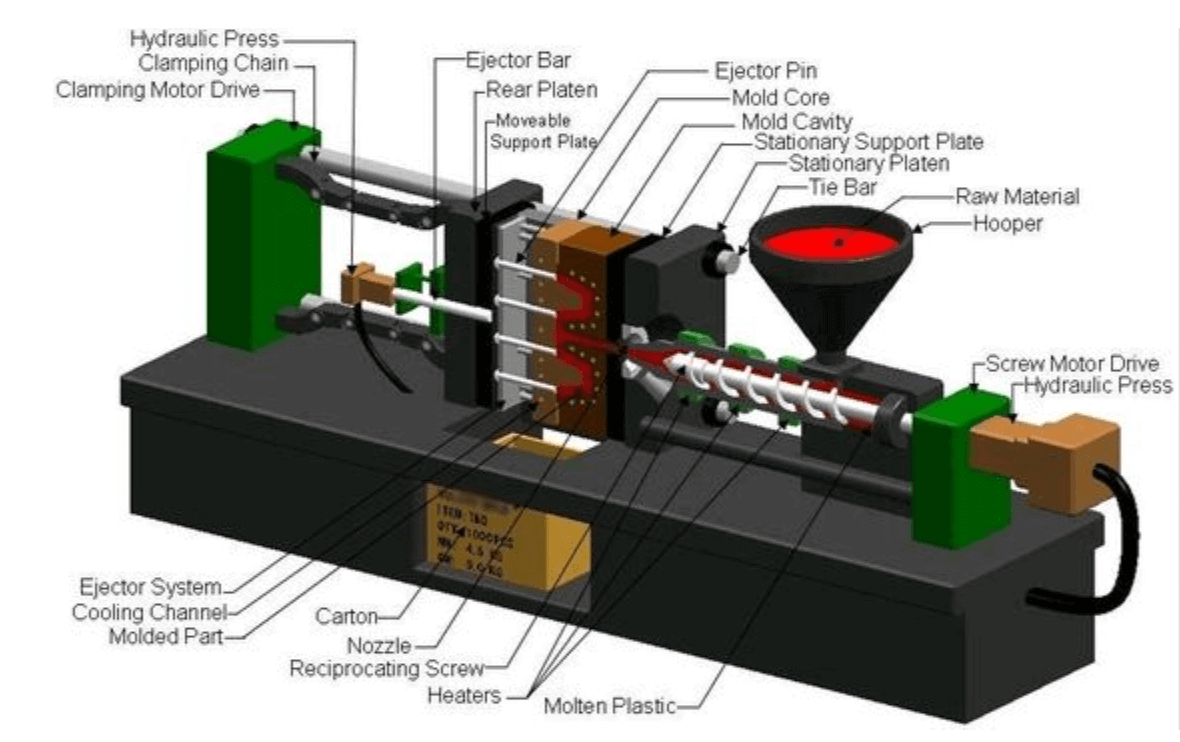
2. Several Common Causes of Injection Molding Splay and Solutions
The causes of splay’s appearance might range widely. Any variety of problems with the molding procedure, the mold itself, the equipment, or the material could be the cause of the flaw. Some are mentioned below.
2.1 Caused By The Quality of Injection Mold
In the process of injection molding, the quality of the mold plays a decisive role in the quality of the finished product. If the mold itself has cracks or defects, the finished product will also have various problems.
- Shear
There are two causes of splay brought on by shear. One can result from the screw’s shearing action, which is shear owing to high screw speed, or from a mixing section with an excessively small clearance. Slowing the screw’s rpm will reveal whether the splay is being produced by screw shear. The splay in the part should disappear as a result of lowering the screw speed because doing so will decrease the shear rate in the screw.
The other kind of shear splay results from shearing at the mold’s gate. Usually, the part in front of the portion’s gate will have this splay. This happens when the gate is sized incorrectly; during the injection of the part, the resin is sheared because of the high shear rate at the gate location.
By slowing down how quickly the resin is injected into the mold, it is possible to ascertain if this is what is causing the shear. If the splay vanishes, the mold must be adjusted to have the gates updated, either by adding extra gates to the part or fanning the gate.
- Cracked Mold
To make it simple to remove the part from the mold, draught angles must be at least 1° on each side. If less than that is employed, fractured parts may result from the ejector pressure. Rough cavity surfaces (and other undercuts) also slow down the ejection of the part. If the ejection pressure is raised to push the item over this rough surface, this could result in breaking.
Look for cracks, even tiny ones, and make the necessary repairs. Threading tubing through the cooling channels and allowing the water to flow through it is an option if the cracks are in places that are too important to weld. Water won’t be able to enter the cavity area as a result of this.
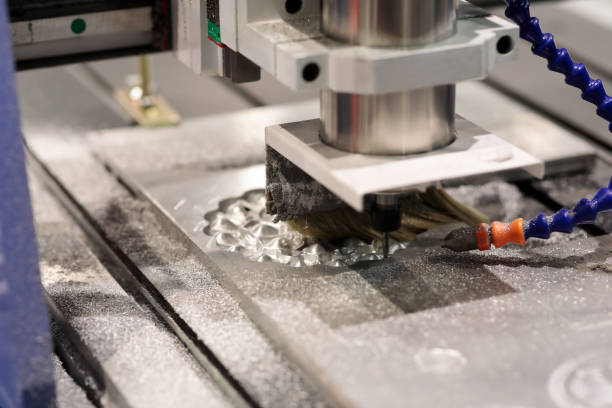
2.2 Caused in The Molding Process
In addition to the problems of the mold itself, there are many details that need to be paid attention to in the injection process. If the injection molding process is not paid more attention to, the finished product produced by the injection molding process will also have many defects.
- Moisture
Moisture would be the most typical splay-causing factor. The fact that the splay in injection molding visually does not always occur in the same spot or, in some circumstances, is spread out over the entire component, is one of the primary indicators of moisture in the process.
The purge puddle itself would serve as another visual indicator of wetness. If the puddle is bubbly and/or frothy, moisture may be the root of the splay issue.
If you want to check a specific moisture content, you need to use a moisture analyzer. It’s also vital to keep in mind that some materials can dry out too much.
- Heat
Overheating might resemble moisture splay in appearance. The splay condition can encompass an entire portion or manifest itself unevenly in different parts of the part. Search for symptoms of burning or sticking. The smell of overheated material may also be an indication. The following are typical reasons for overheating:
❈ Temperatures inside barrels are too high. Melt temperature is one of the primary techniques for determining this state. Make that the melt temperature falls within the range that the material’s manufacturer has specified. If you are currently creating a process, you should start by setting the melt temperature at the lower end of the melt window and gradually raising it until the parts are in an acceptable state.
❈ The back pressure is excessive. Although backpressure is essential for material mixing, excessive use might cause the substance to get too hot. Additionally, it may cause material deterioration and even molecular chain shortening. These factors should be considered while setting the backpressure.
❈ The time spent in the barrel is excessive. Deterioration of the substance may result from its length of time in the barrel. To combat the residence-time impact, one countermeasure is to lower the barrel’s feed zone temperature. Screw recovery time is an additional factor to consider. 1.5 to 2 seconds before the cooling period ends, the screw should have completed its recovery. A screw-rotate delay can be utilized to complete recovery at the required time when a process has a long cooling period.
- Shear
Shear splay typically repeats itself on a portion in the same place. Noting where the shear is occurring inside the flow front is the best way to ascertain the underlying cause. Different stories are told by the beginning, middle, and end-of-fill splay events. Here are some typical shear-splay causes and treatments for the problem.
A processor might detect beginning-of-fill splay for a number of reasons. These could consist of:
❈ Rotate followed by decompression. There is air in front of the material because the screw is being sucked back too far. Reduce the speed and/or suck-back position to lessen air exposure. Decompression should typically be set between 0.1 to 0.4 in., utilizing only the speed necessary to reach the desired position.
❈ Nozzle/mold temperature difference. Beginning-of-fill splay can occur when there is a significant temperature drop when material enters the mold from the nozzle. To remedy the situation, raise the mold’s temperature or lower the nozzle’s temperature.
❈ Gate width. Perhaps a slower beginning-of-fill speed is needed for smaller gates.
❈ Dropped nozzle tip or hot runner obstruction. Make that there hasn’t been a change in injection or peak pressure when the splay condition is new to a validated process. Check the tip for burrs that resulted from frequent touch-off at the sprue bushing. Sometimes the runner itself might provide insight into the burring environment.
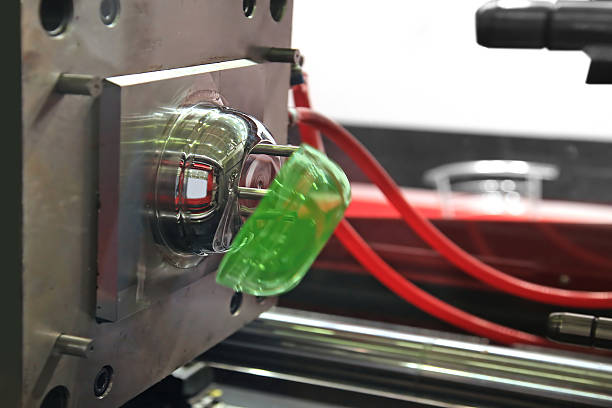
2.3 The Molding Machine
In addition to the problems mentioned above due to the injection mold and injection process, there are some points you need to pay attention to, such as some problems related to the injection molding machine.
- Lack of Process Control
One of the most important material processing techniques for the mass manufacture of plastic goods is injection molding. Its products are widely used in all types of industries and are part of everyday life. The geometric accuracy and mechanical qualities of the finished products are determined by the parameters and optimization of the injection molding process.
Because of this, sensing, optimization, and control of the injection molding process have a significant impact on the quality of the final product and are an active area of research with a wealth of literature.
- Damaged Components
Find out how the defect appears on the parts to start. If the marks constantly appear on parts in the same spot, the issue is probably related to the mold. If a flaw affects a large portion of the component or only emerges occasionally, it was likely caused by the molding technique or material.
If the flaw shows up right away after the mold has returned from the toolroom, it can be that there was too much grease or lubricant used on the mold. In this situation, oil from the lifters or ejector pins may bleed or be pushed onto the surface of the core, leaving splay marks in injection molding.
2.4 The plastic Material
Similarly, the quality of the plastic used during injection molding is also an important factor affecting the finished product.
Also Read: >> Top 10 Materials For Injection Molding
- Contamination
The end product may occasionally suffer from tainted raw materials utilized in the injection molding process. Regrind, or material that has already gone through the process once and has grown dirty from the equipment, can occasionally be the cause of material contamination. Equipment contamination can be avoided by keeping it cleaner and by carefully inspecting any potential regrind.
Furthermore, excessive steam moisture can taint the injection molding procedure. All raw materials should be completely dried before being placed through the molding process to prevent contamination from water.
- Blowing Agent
It is crucial to look at how the temperature of the mold and the proportion of the blowing agent affect the structure and specific properties of injection-molded parts (such as weight, mechanical properties, surface state, gloss, and color).
A quantitative assessment of the porosity structure utilizing microscopic image analysis and the structure of molded parts in cross-section perpendicular and parallel to the direction of polymer flow were performed.
It was established that the amount of blowing agent in the polymer affects both the thickness of solid skin and the number of pores in the component core. A fine porous structure is more likely to occur at lower mold temperatures. The weight and mechanical characteristics of molded pieces were slightly altered by the creation of the porous structure.
The gloss of the pieces diminished as the amount of blowing agent increased, which also led to a change in color. Brighter parts were those that had a more blowing agent in them.
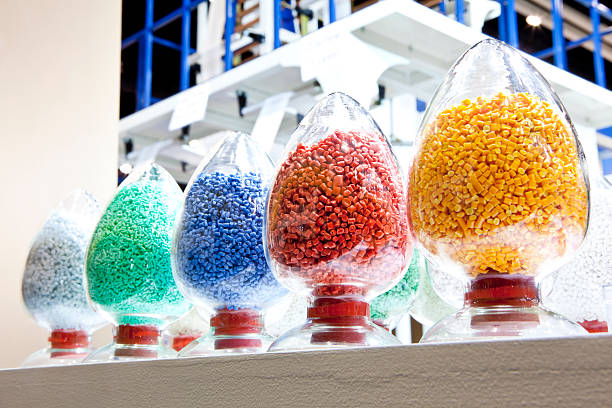
3. A Trustworthy Injection Molding Services Provider
In order to avoid various defects in injection molded products, the best solution is to find a reliable plastic injection molding company to produce the items you need. Among all those options, FOW Mould is the one you can trust.
For more than 40 years, FOW Mould has offered injection molding services to companies. We offer you innovative and affordable injection molding solutions by fusing this wealth of experience with the most cutting-edge technology available.
We also have a wide group of designers and engineers who have distinct areas of expertise. This gives us the ability to expertly serve a variety of industries, including furniture, baby products, automotive, and warehousing.
You may be confident that if you work with Immould, your products will be made out of the highest-quality plastic for plastic injection molding. Each phase of the plastic injection process is something we take extremely carefully. We take the time to carefully confirm that our supplies are of the greatest quality before beginning the actual injection procedure. Additionally, we make certain that we adhere strictly to all of our client’s requirements.
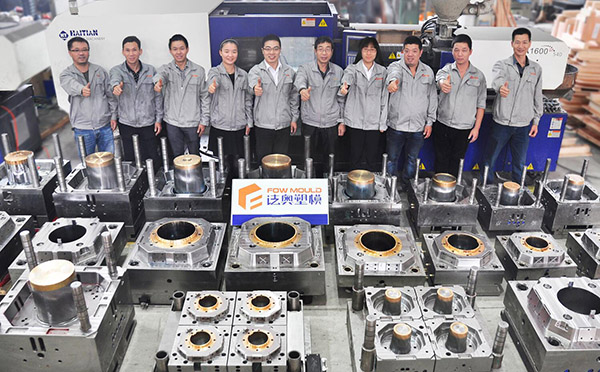
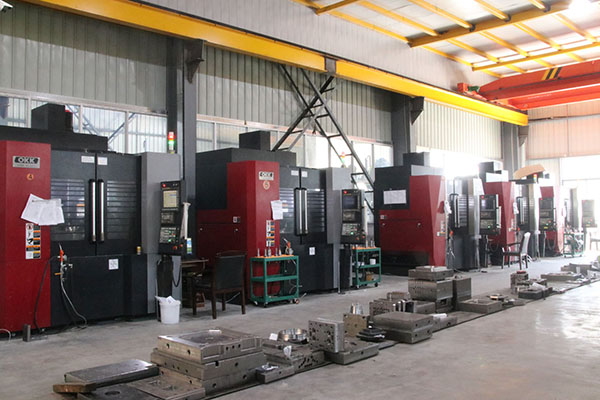
Conclusion
Heat, shear, and moisture are the three most frequent causes of splay. Calculating which of these three is causing splay can help to choose the appropriate course of action to treat the condition in almost every situation. Each of these groups provides telltale indicators that aid in determining the kind of splay that is present.
Understanding each circumstance will enable molders to alter processes to eliminate splay from a process. You can contact FOW Mould for more details.
